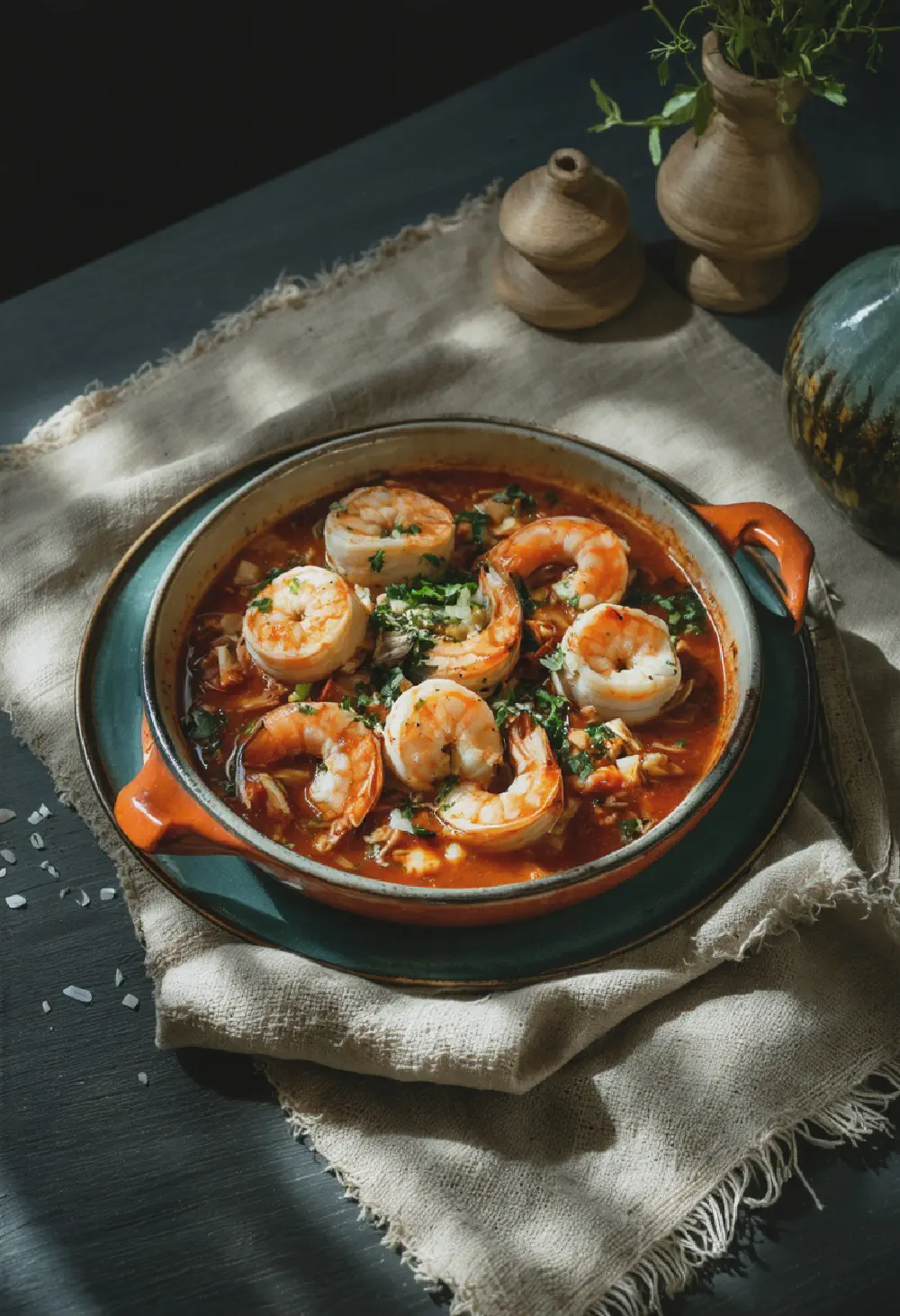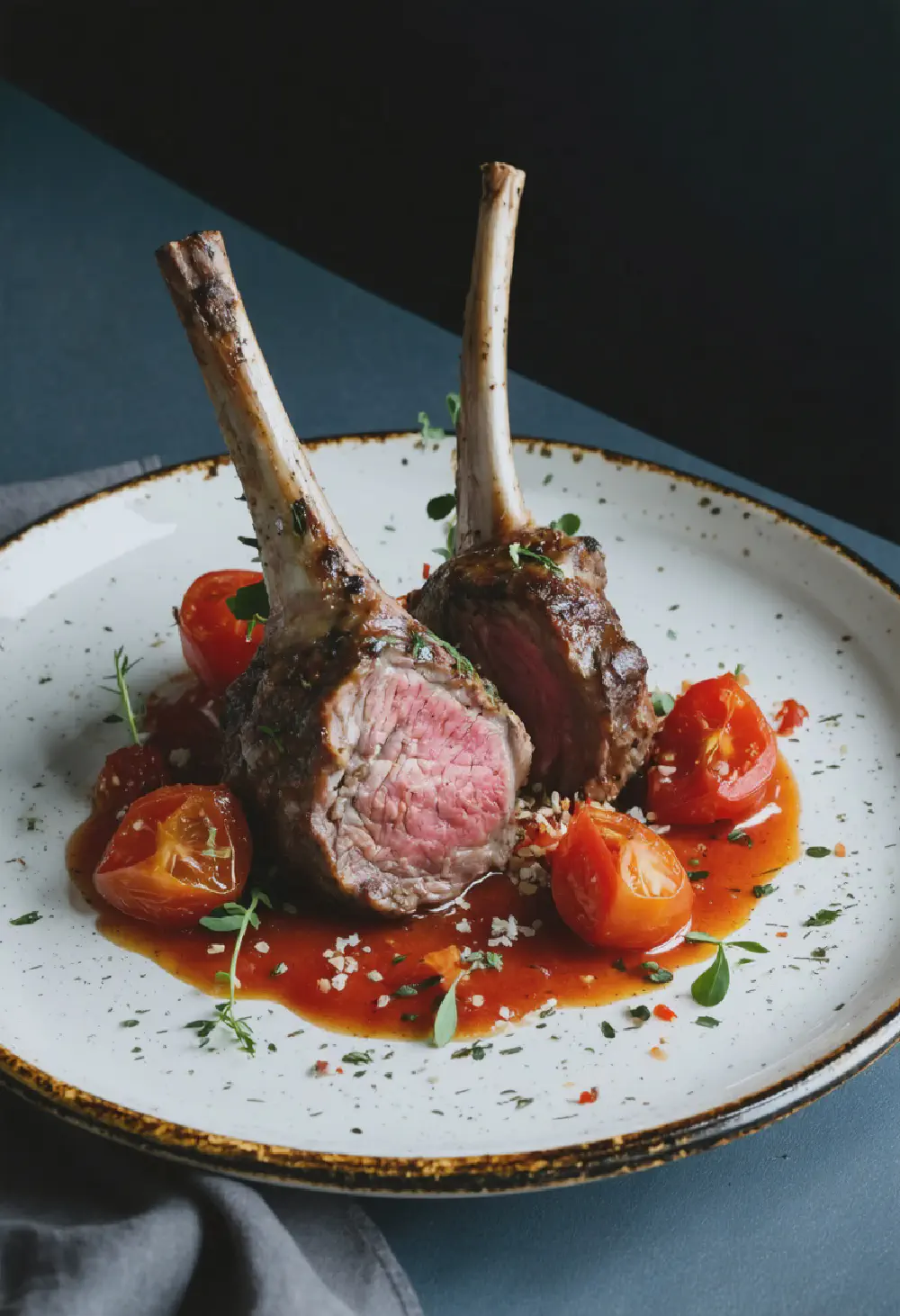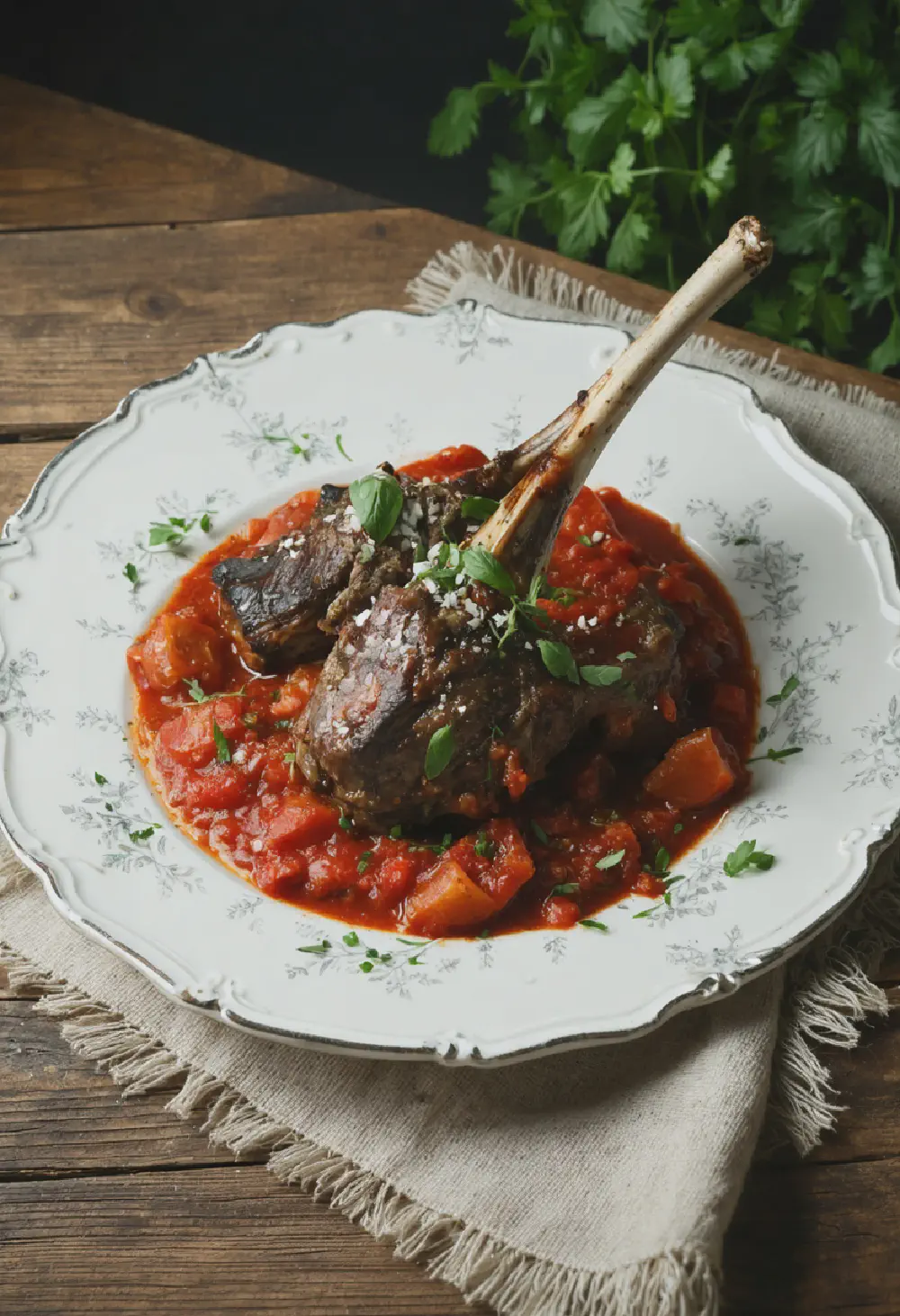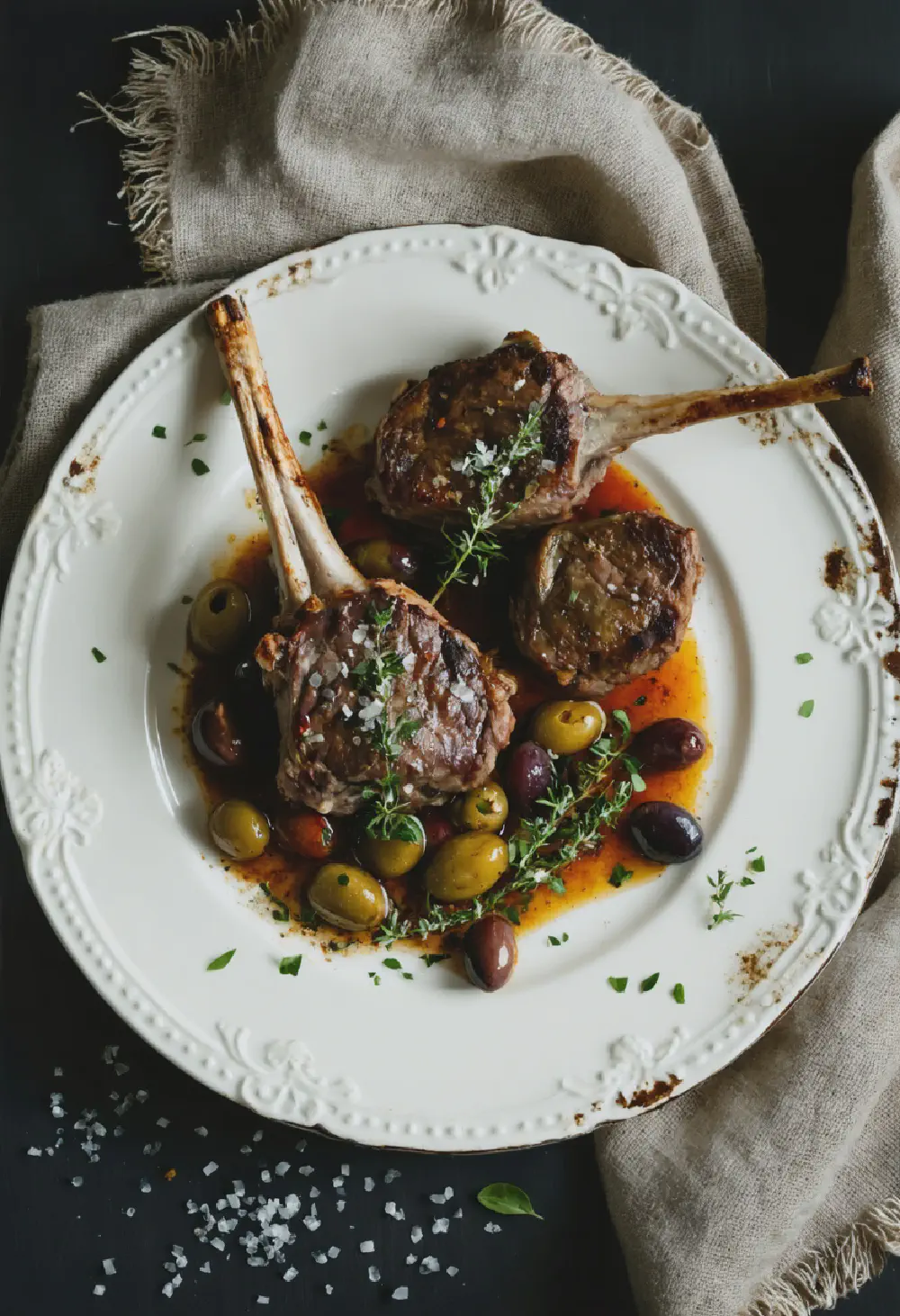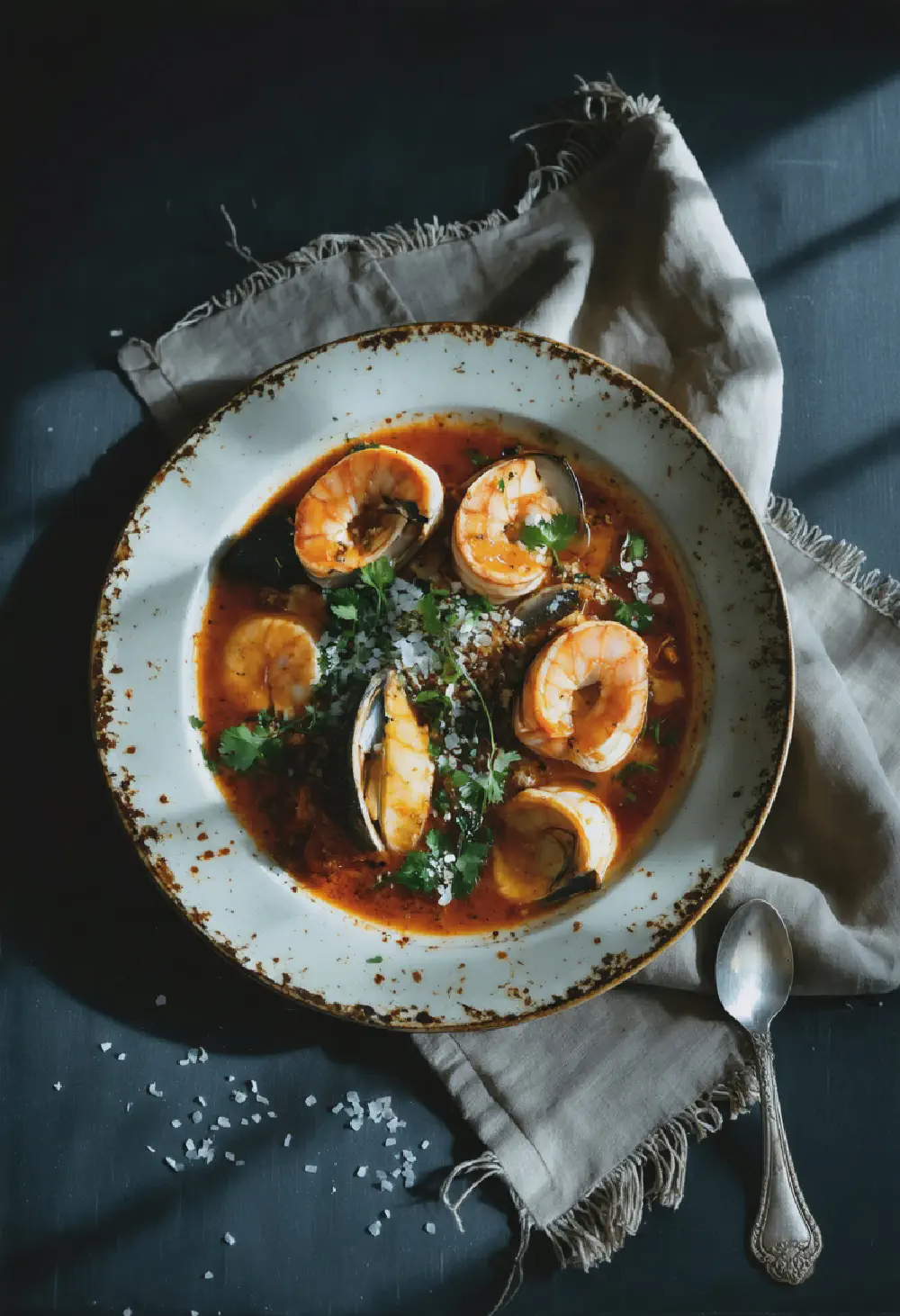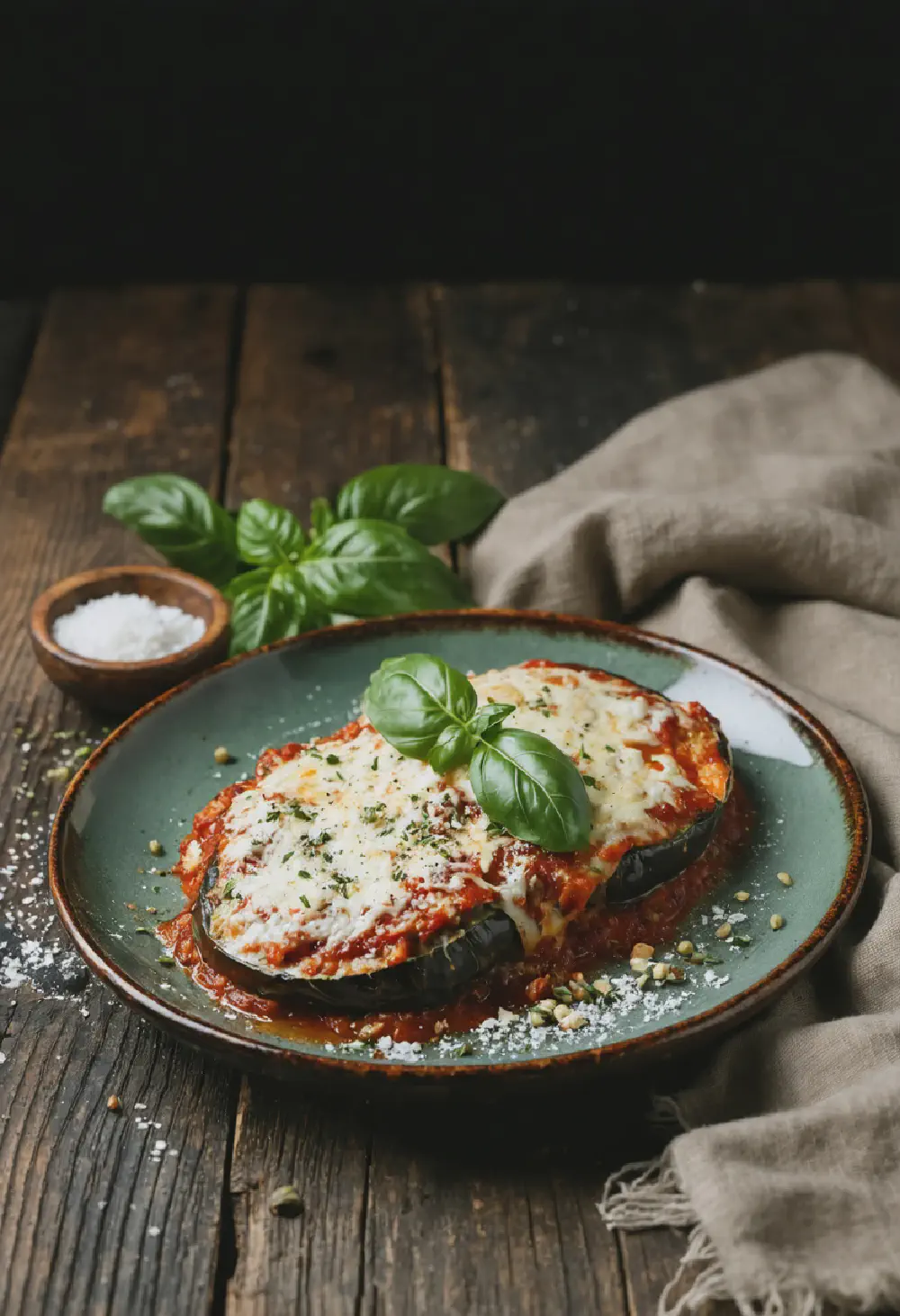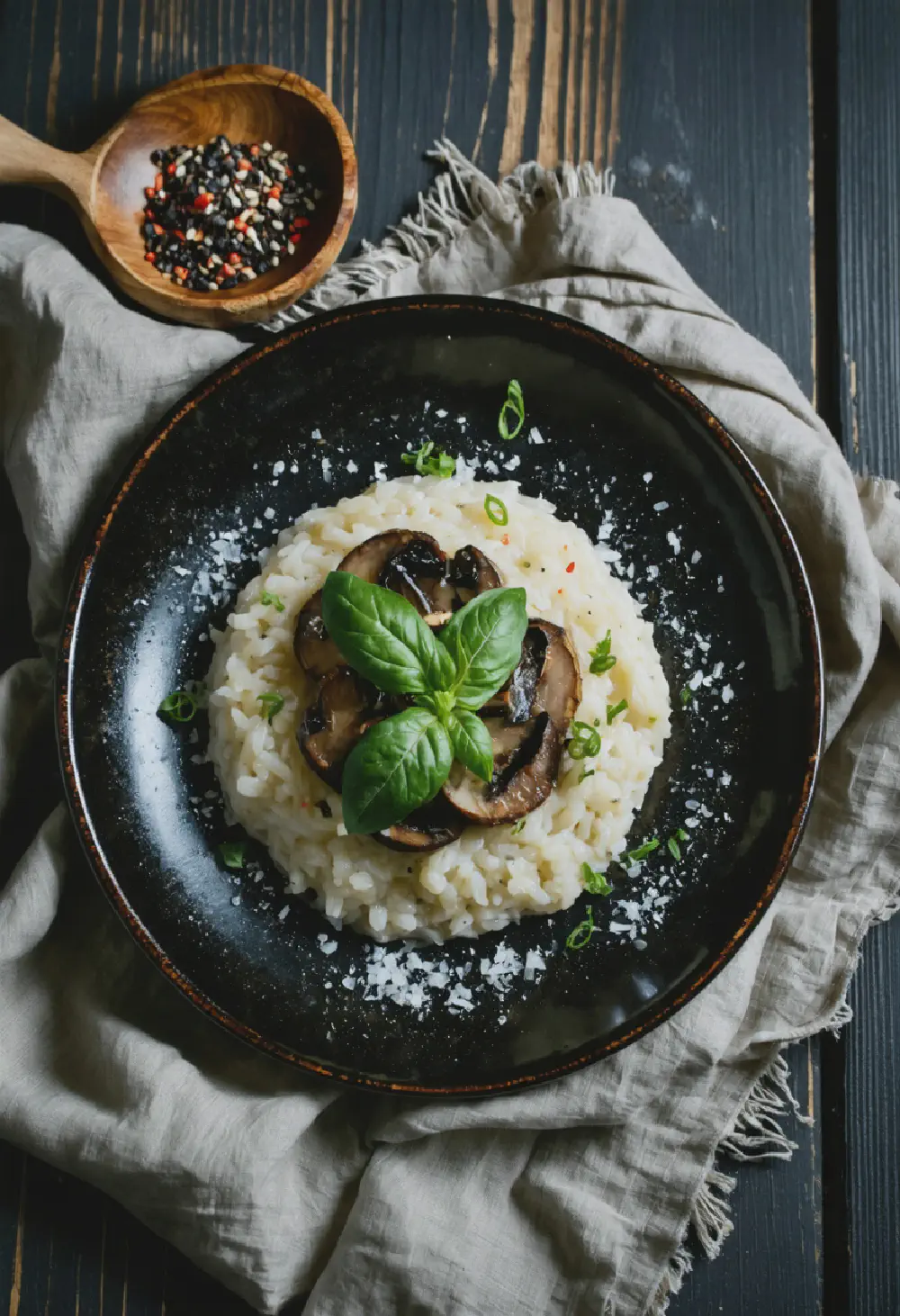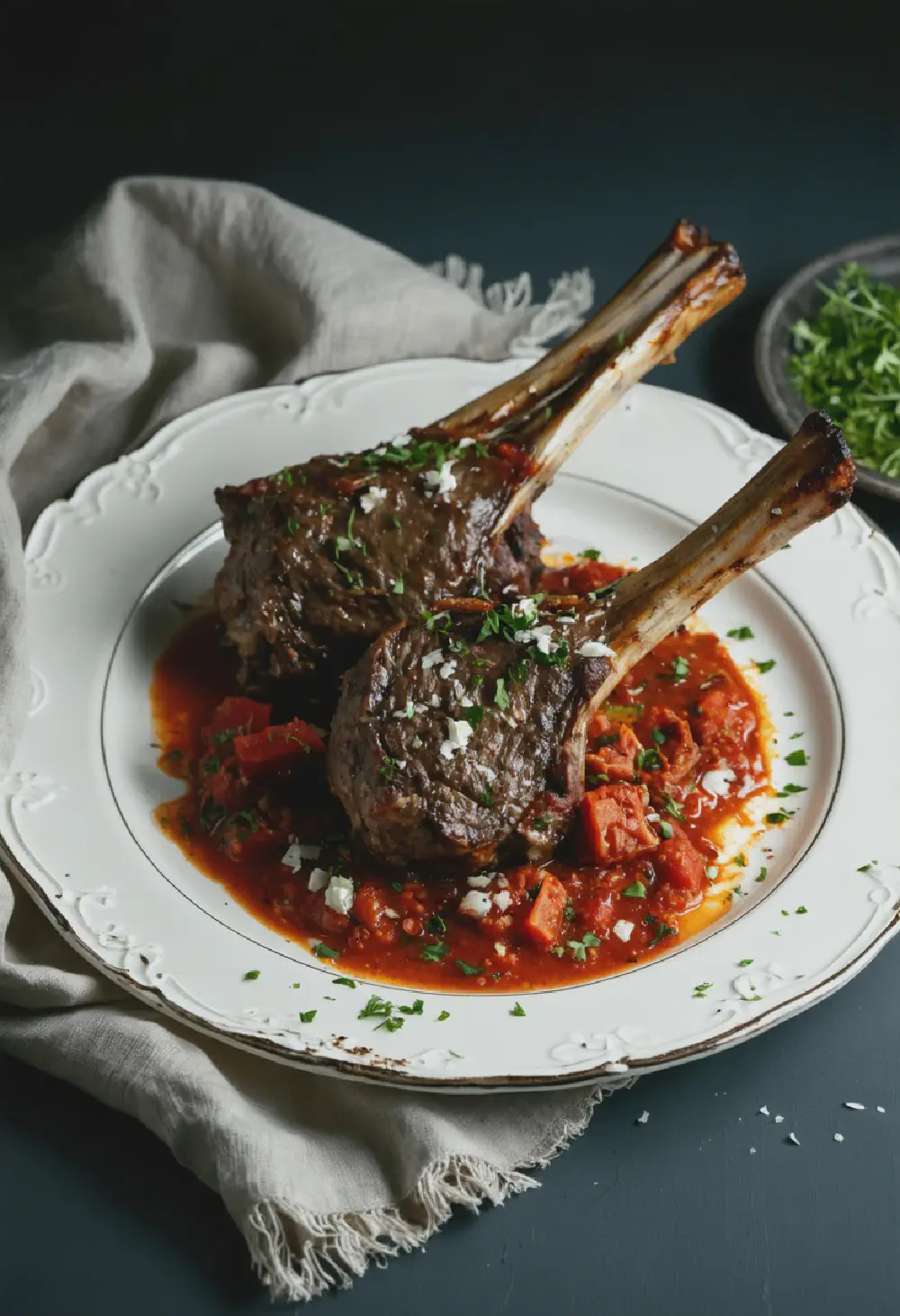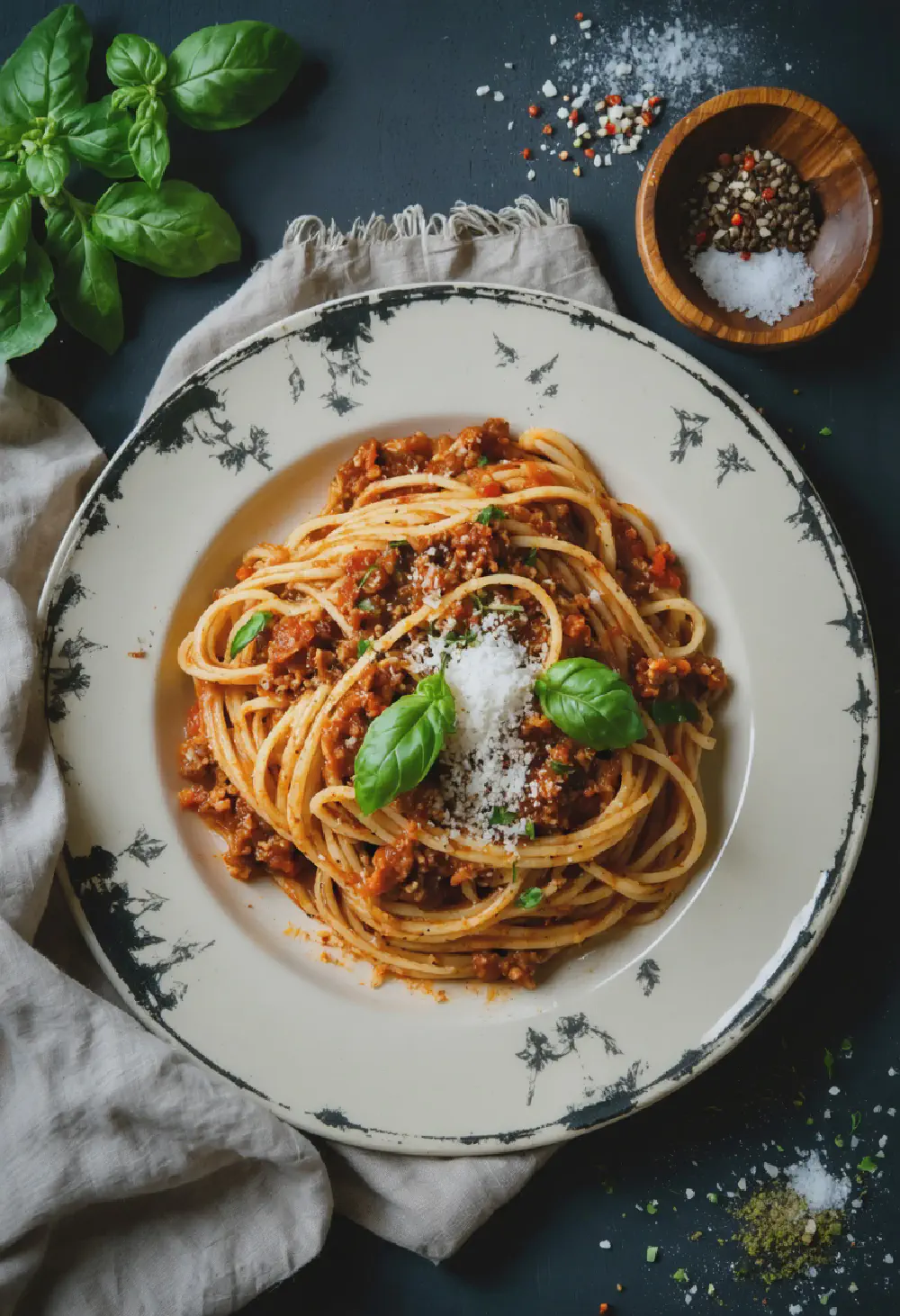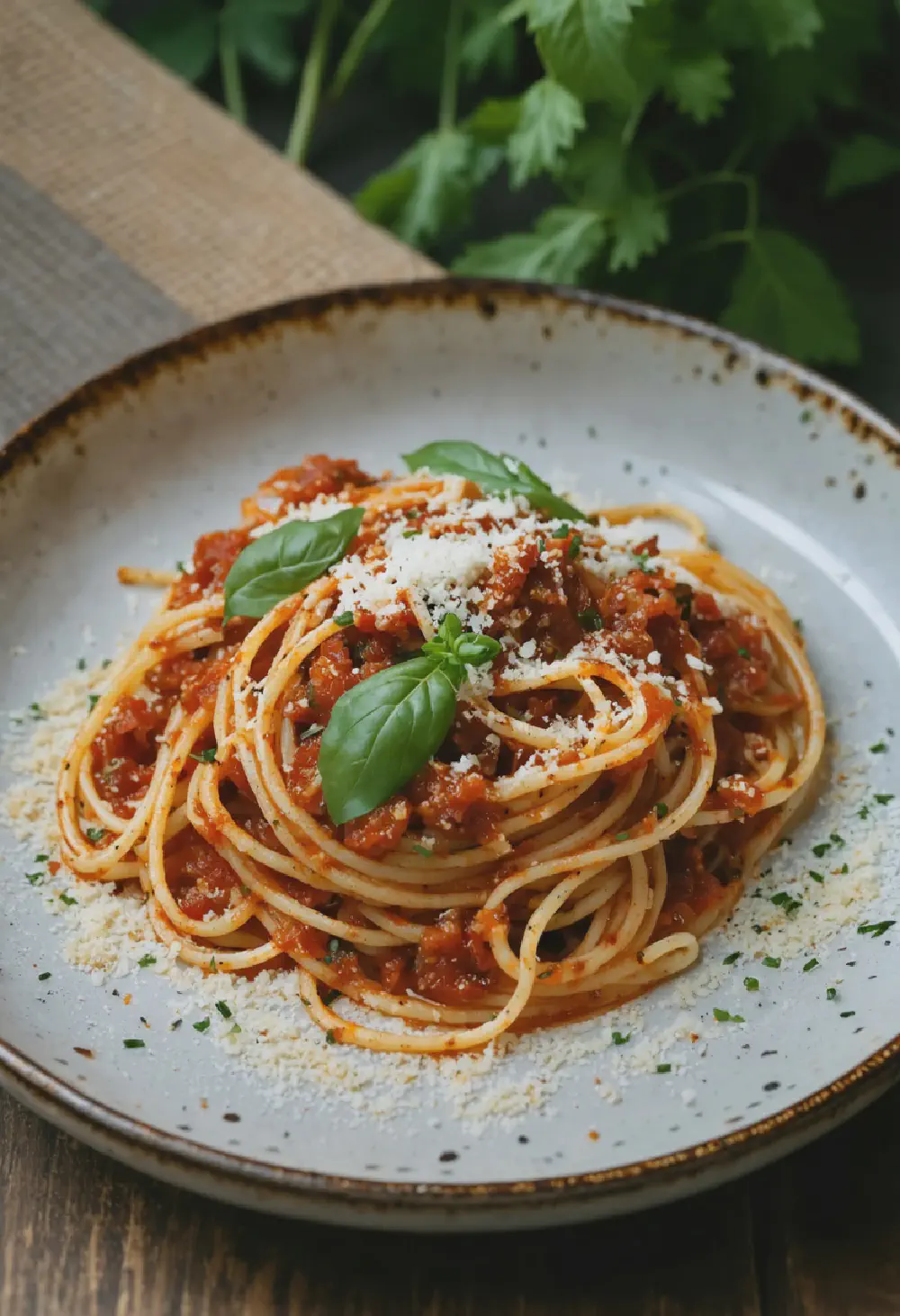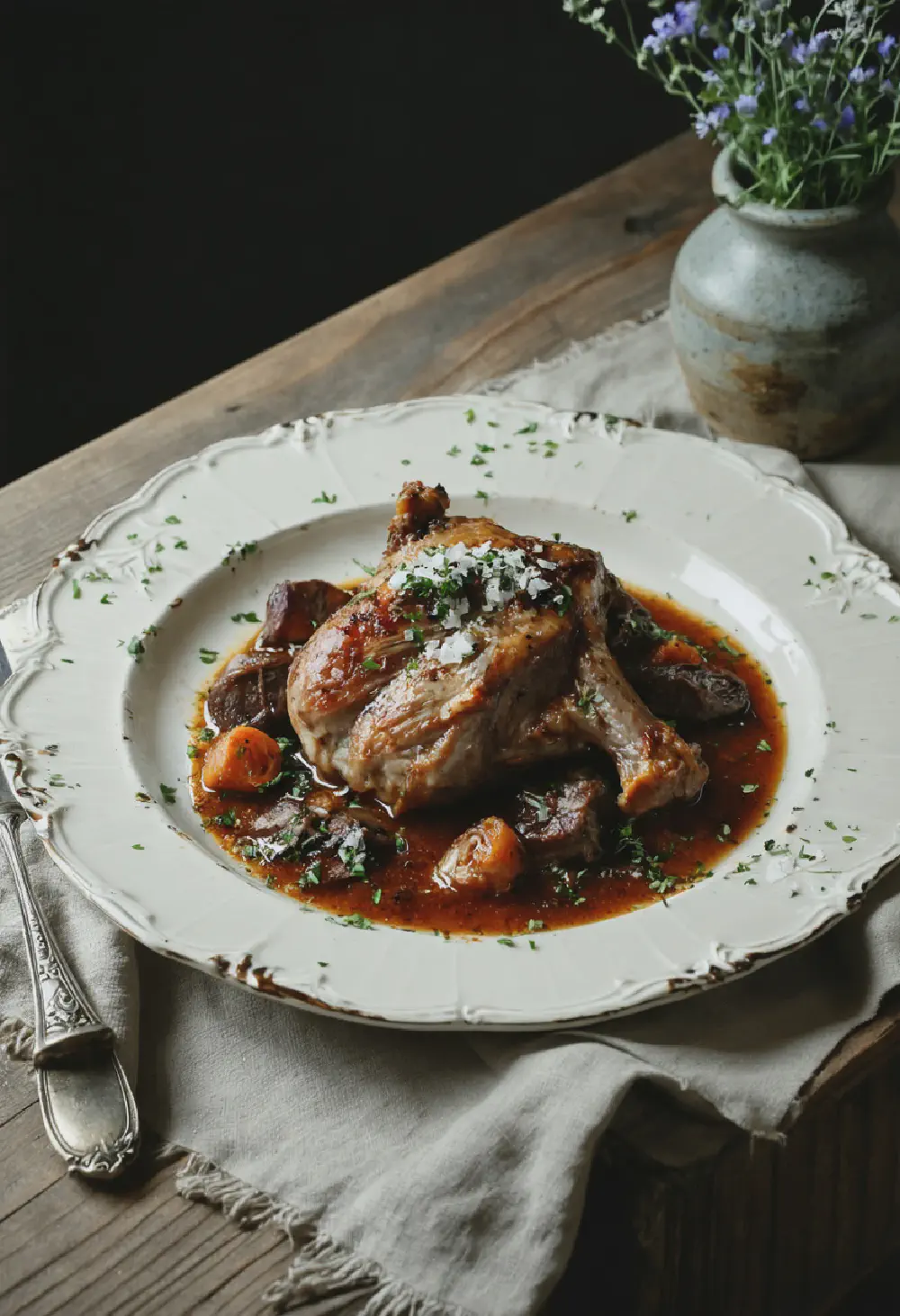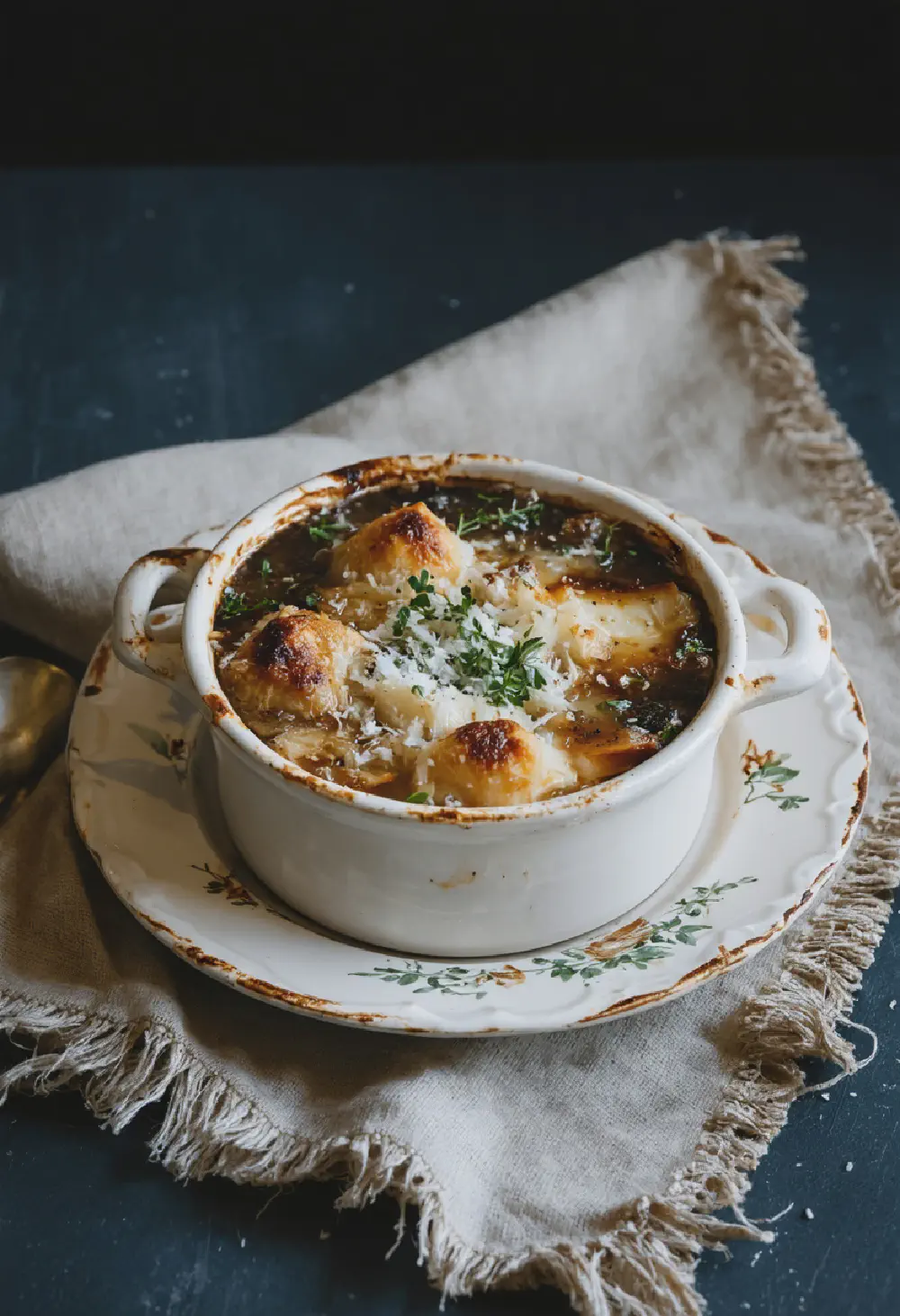Authentic Cioppino
30M
1H and 15M
- Makes 6
- 2 tablespoons olive oil
- 1 large onion, finely chopped
- 4 garlic cloves, minced
- 1 fennel bulb, thinly sliced
- 1 teaspoon red pepper flakes
- 1 cup dry white wine
- 1 can (28 ounces) crushed tomatoes
- 4 cups fish or seafood stock
- 1 bay leaf
- 1 teaspoon dried oregano
- Salt and freshly ground black pepper to taste
- 1 pound firm white fish (such as cod or halibut), cut into 2-inch pieces
- 1 pound mussels, scrubbed and debearded
- 1 pound littleneck clams, scrubbed
- 1 pound large shrimp, peeled and deveined
- 1/2 pound squid, cleaned and cut into rings
- 1/4 cup chopped fresh parsley
- 1 lemon, cut into wedges for serving
- Crusty bread, for serving
- Heat the olive oil in a large pot over medium heat. Add the onion, garlic, and fennel, and cook until the vegetables are soft, about 10 minutes.
- Stir in the red pepper flakes and cook for another minute. Pour in the white wine and let it simmer until reduced by half, about 5 minutes.
- Add the crushed tomatoes, fish stock, bay leaf, and oregano. Season with salt and pepper. Bring to a boil, then reduce heat and simmer for 20 minutes.
- Add the white fish to the pot and cook for 5 minutes. Then add the mussels, clams, shrimp, and squid. Cover and cook until the shellfish open and the shrimp are pink, about 5-7 minutes.
- Discard any mussels or clams that do not open. Stir in the chopped parsley.
- Serve the Cioppino hot, with lemon wedges and crusty bread on the side.
Authentic Cioppino: A Dive into Its History, Taste, and Cultural Significance
History of Authentic Cioppino
The origins of Authentic Cioppino trace back to the late 19th century, brought to life by Italian immigrants in San Francisco. These immigrants, primarily from the Liguria region of Italy, were fishermen who settled in the bustling fishing communities of the city. The name “Cioppino” is believed to derive from the Ligurian dialect term “ciuppin,” which means “to chop” or “chopped seafood stew.” This dish was initially created as a way for fishermen to use the catch of the day, combining various types of seafood into a hearty stew. Over time, Cioppino evolved into a beloved staple of Italian-American cuisine, celebrated for its rich flavors and communal dining experience.
Taste Profile of Authentic Cioppino
Authentic Cioppino is renowned for its robust and complex taste profile. The stew is characterized by a savory, slightly spicy tomato-based broth that serves as the perfect canvas for an array of fresh seafood. Common ingredients include shrimp, clams, mussels, crab, and sometimes fish like cod or halibut. The broth is often flavored with garlic, onions, herbs like basil and oregano, and a hint of red pepper flakes for a subtle kick. The combination of these elements results in a harmonious blend of flavors, where the sweetness of the seafood is beautifully complemented by the tangy and aromatic broth. Each spoonful offers a delightful mix of textures, from the tender seafood to the hearty chunks of vegetables.
Cultural Significance of Authentic Cioppino in Italian-American Cuisine
In the realm of Italian-American cuisine, Authentic Cioppino holds a special place as a symbol of the community’s heritage and culinary ingenuity. It embodies the spirit of resourcefulness and celebration, reflecting the immigrants’ ability to create a delicious meal from the day’s catch. Cioppino is often served during festive occasions and family gatherings, fostering a sense of togetherness and tradition. Its prominence in San Francisco’s culinary scene has also made it a point of pride for the city, often featured in local restaurants and festivals. As a dish that bridges the gap between Italian roots and American influences, Cioppino stands as a testament to the rich cultural tapestry of Italian-American cuisine.

